Püha Vaimu kirik
A few meters north of the town hall square lies the Church of the Holy Spirit, Püha Vaimu kirik in Estonian. This is the first church in history to hold services in Estonian (1531), so it is very much cherished by the Estonians. The church’s pastor at the time (Johann Koell) was also the one who published the first book in the Estonian language.
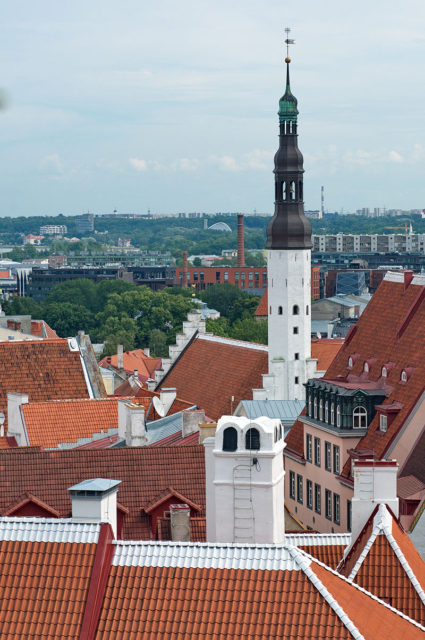
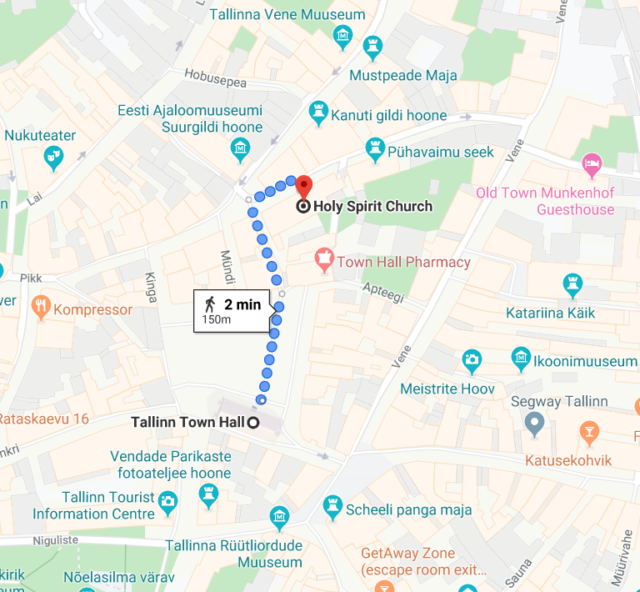
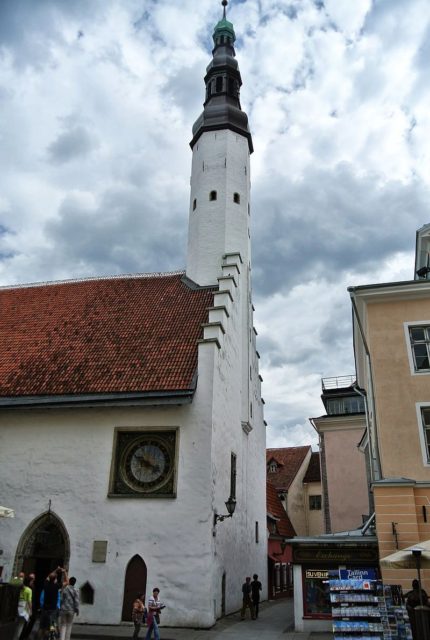
This landmark of Estonian culture follows the inconspicuous architectural tradition of the Lutheran churches although its interior still holds some of the elements created at the time of its Roman Catholic past, like the main altar, created by Bernt Notke in 1483. Bern Notke was a native Tallinner artist who became the most famous late Gothic artist of the Baltic region.
The Estonian congregation began to develop and grow especially in the 19th century after the abolition of serfdom (1816) and serfdom (1868). The industry began to develop, labor was needed from the countryside. 1881 the share of Estonians in Tallinn was over 50%. The congregation of the Holy Spirit wanted to have its church get rid of the rule of the German mayors. Funds were collected for this purpose because the city council decided to permit to build of its church.
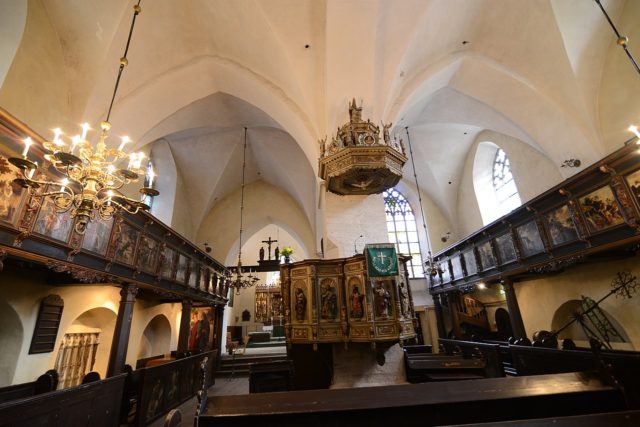
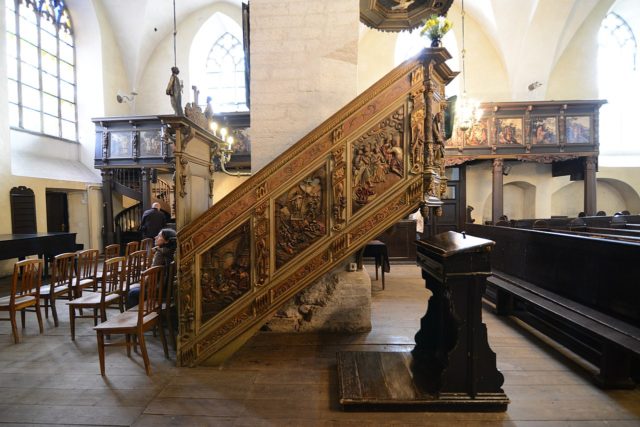
When in 1867 St. John’s (Jaani) church was completed, then the Holy Spirit was transferred to the new church in a solemn procession. A smaller part of the members went elsewhere, e.g. Kaarli parish, which was re-established in 1862. and used the Cathedral until the Charles Church was completed in 1870.
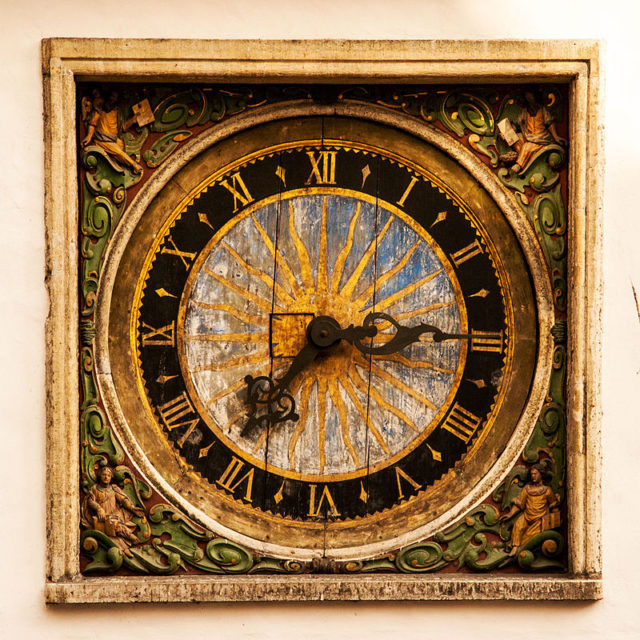
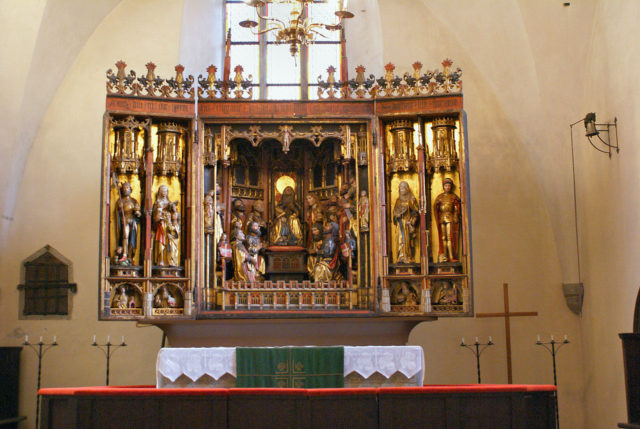
The Church of the Holy Spirit remained empty for 10 years (1867-1877). Only the mayor’s services continued. The number of parishioners was constantly growing, and the existing churches could not accommodate everyone. That is why it was founded in 1877. A new Estonian congregation in the Church of the Holy Spirit by two men – a shoemaker and a court servant. This congregation still exists today and celebrates the year 2007. its 130th anniversary in January.
You can take the twisty staircase to the second floor and make sure you see the oldest surviving church bell in the city dating back to 1433 and the exquisite 17th-century exterior wall clock created by another famous artist of the city ( Christian Ackermann). More

